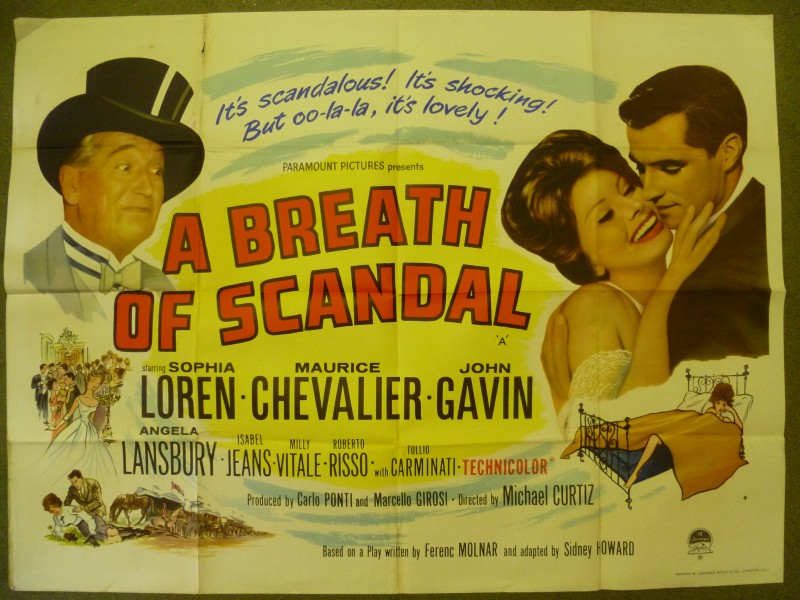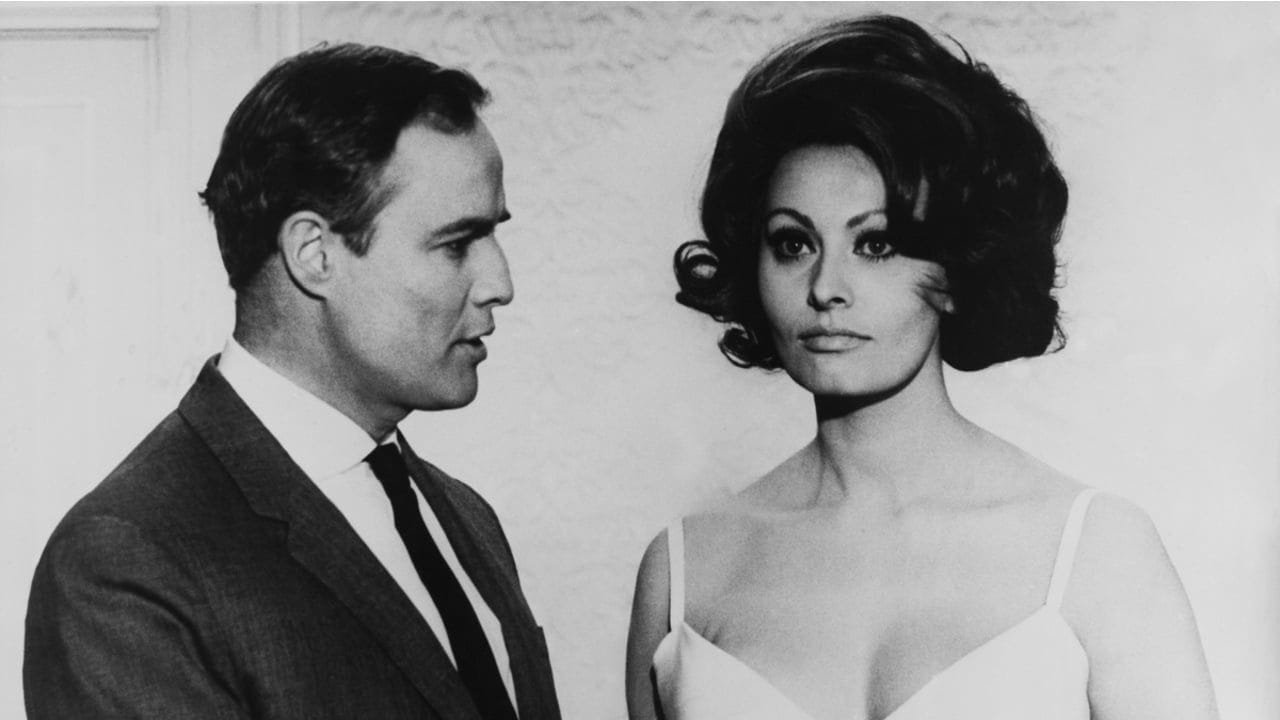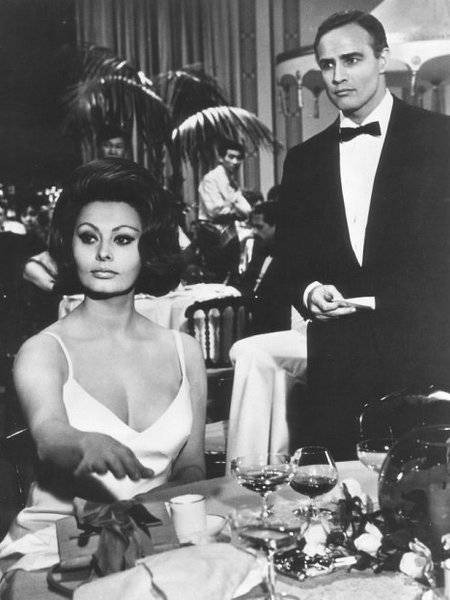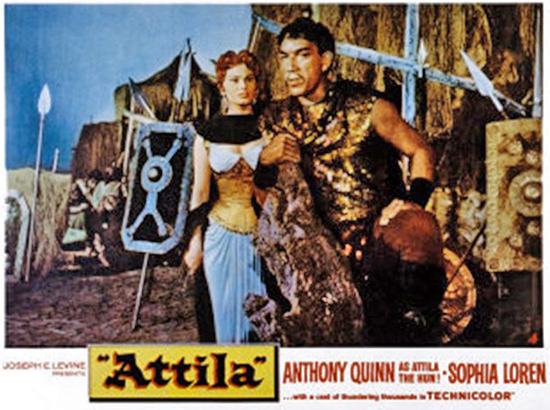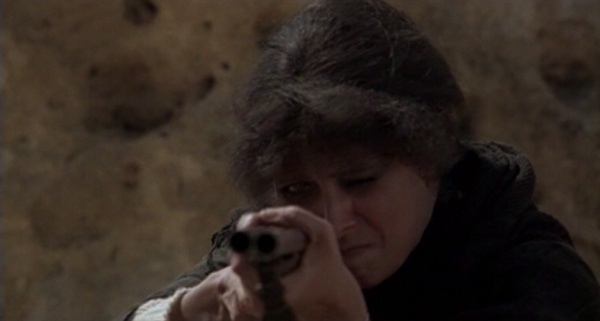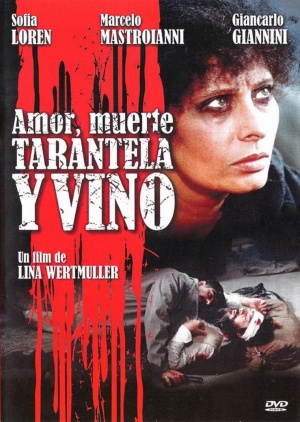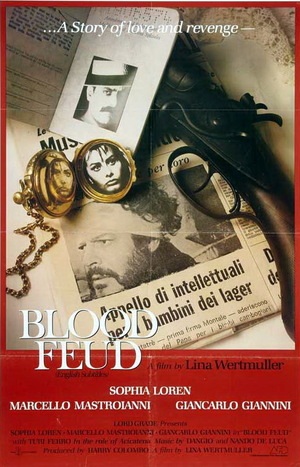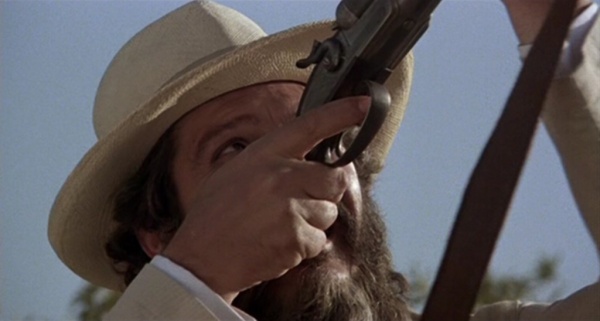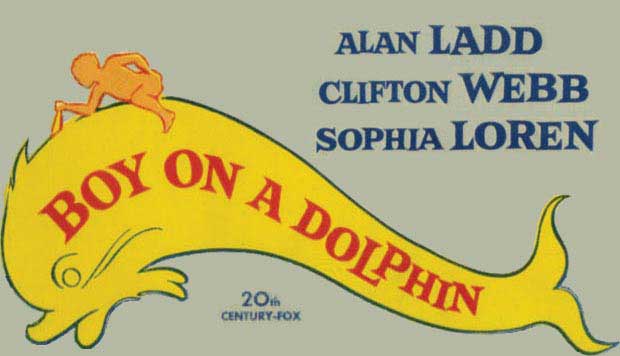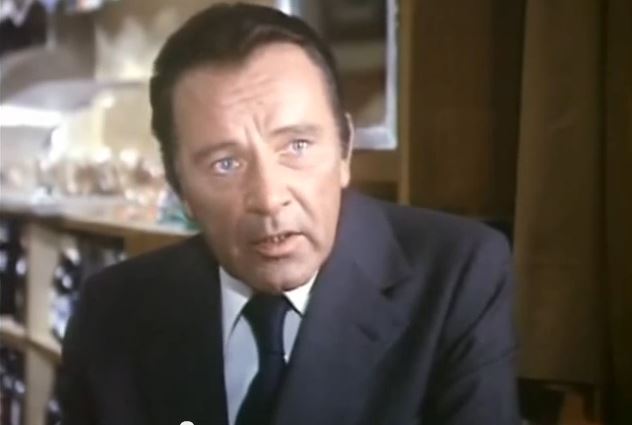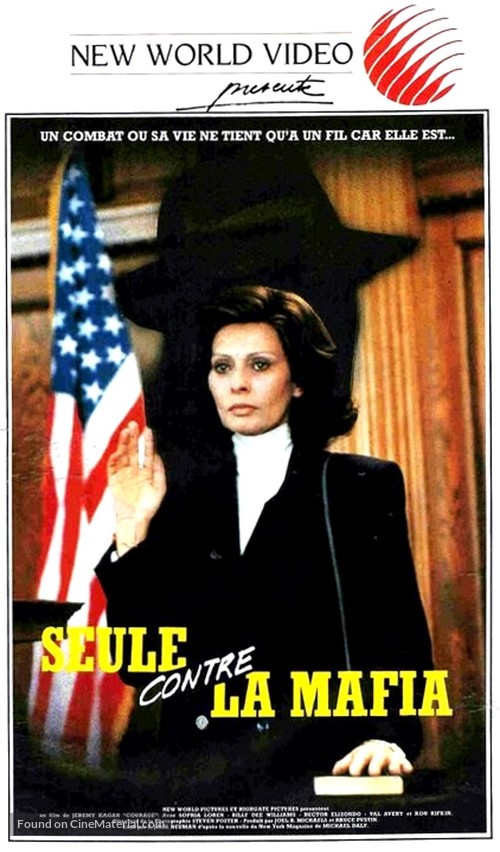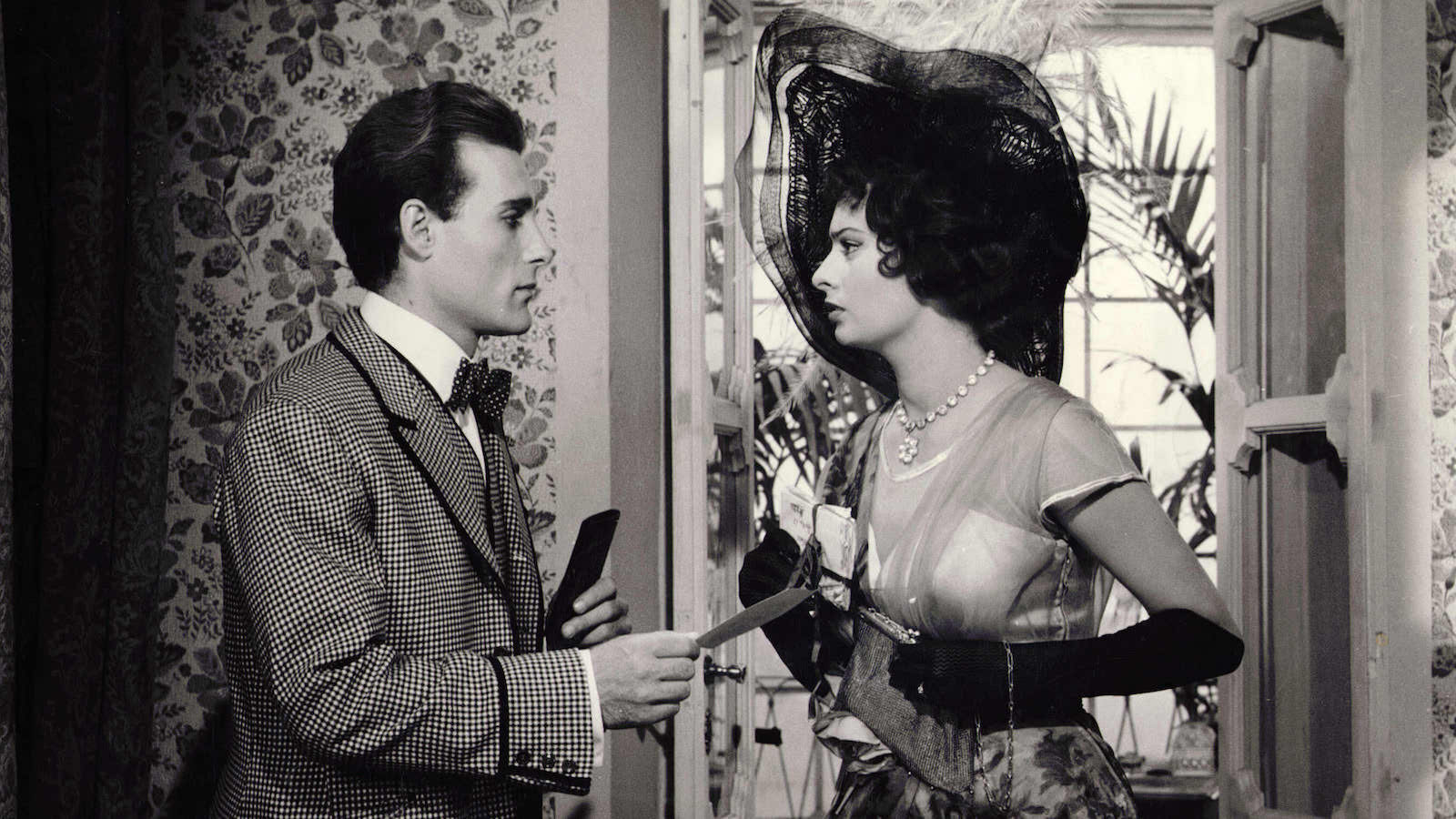archiveorg
cinemaarchiveorg
cinemaA Breath of Scandal 1960
A Breath of Scandal 1960
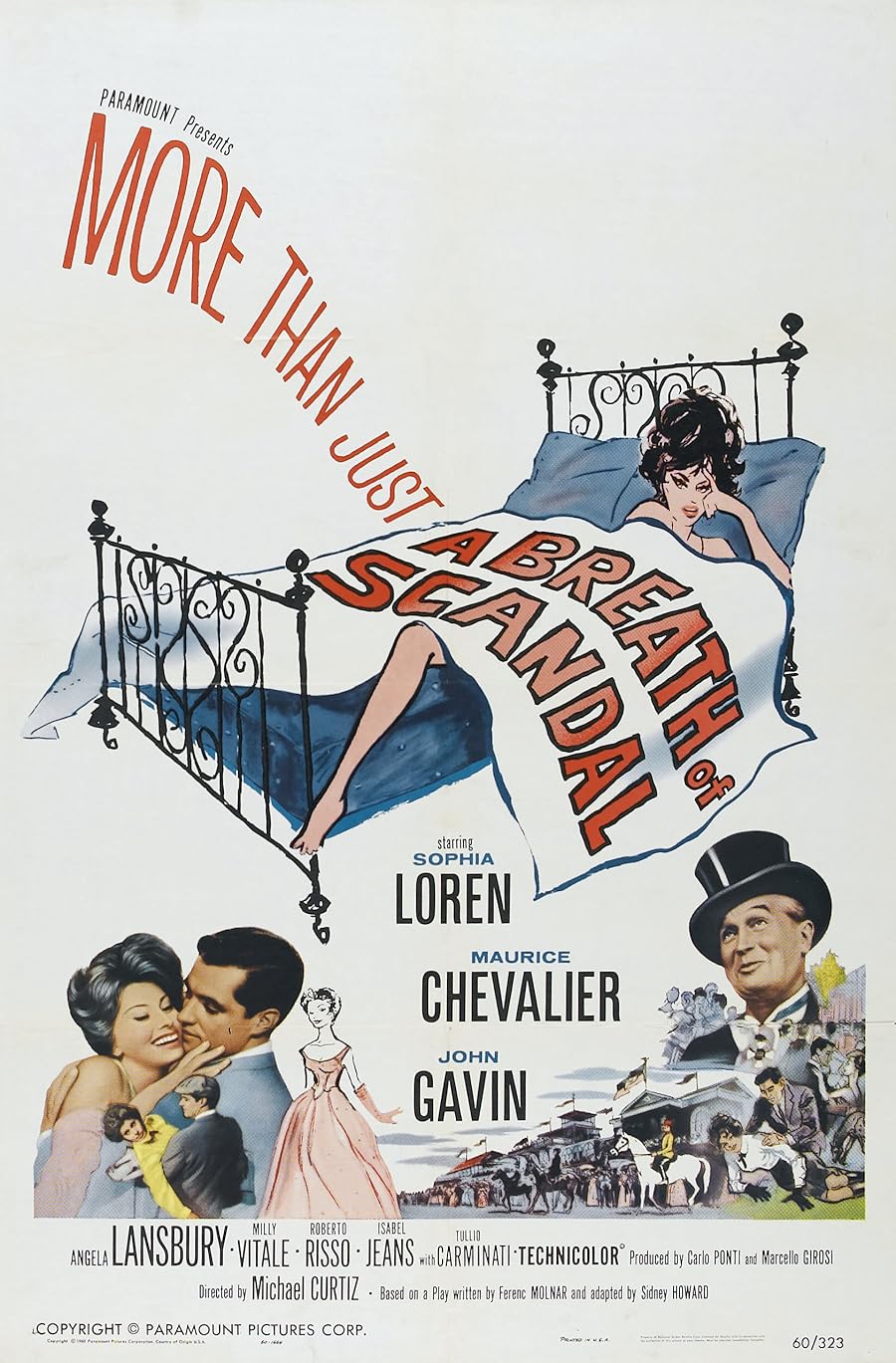
A Breath of Scandal (released as Olympia in Italy) is a 1960 American/Italian international co-production romantic comedy-drama film directed by Michael Curtiz, based on the stage play Olympia by Ferenc Molnár
It stars Sophia Loren, Maurice Chevalier, and John Gavin, with Angela Lansbury, Milly Vitale, Roberto Risso, Isabel Jeans, and Tullio Carminati. The film is set at the turn of the 20th century and features lush technicolor photography of Vienna and the countryside of Austria
The costumes and lighting were designed by George Hoyningen-Huene and executed by Ella Bei of the Knize fashion house (Austria). In part because Loren was at odds with Curtiz’s direction, Italian director Vittorio De Sica was hired to reshoot certain scenes with Loren after hours without Curtiz’s knowledge
A Breath of Scandal (1960)
A Breath of Scandal (1960)
A Countess from Hong Kong 1967
A Countess from Hong Kong (1967)
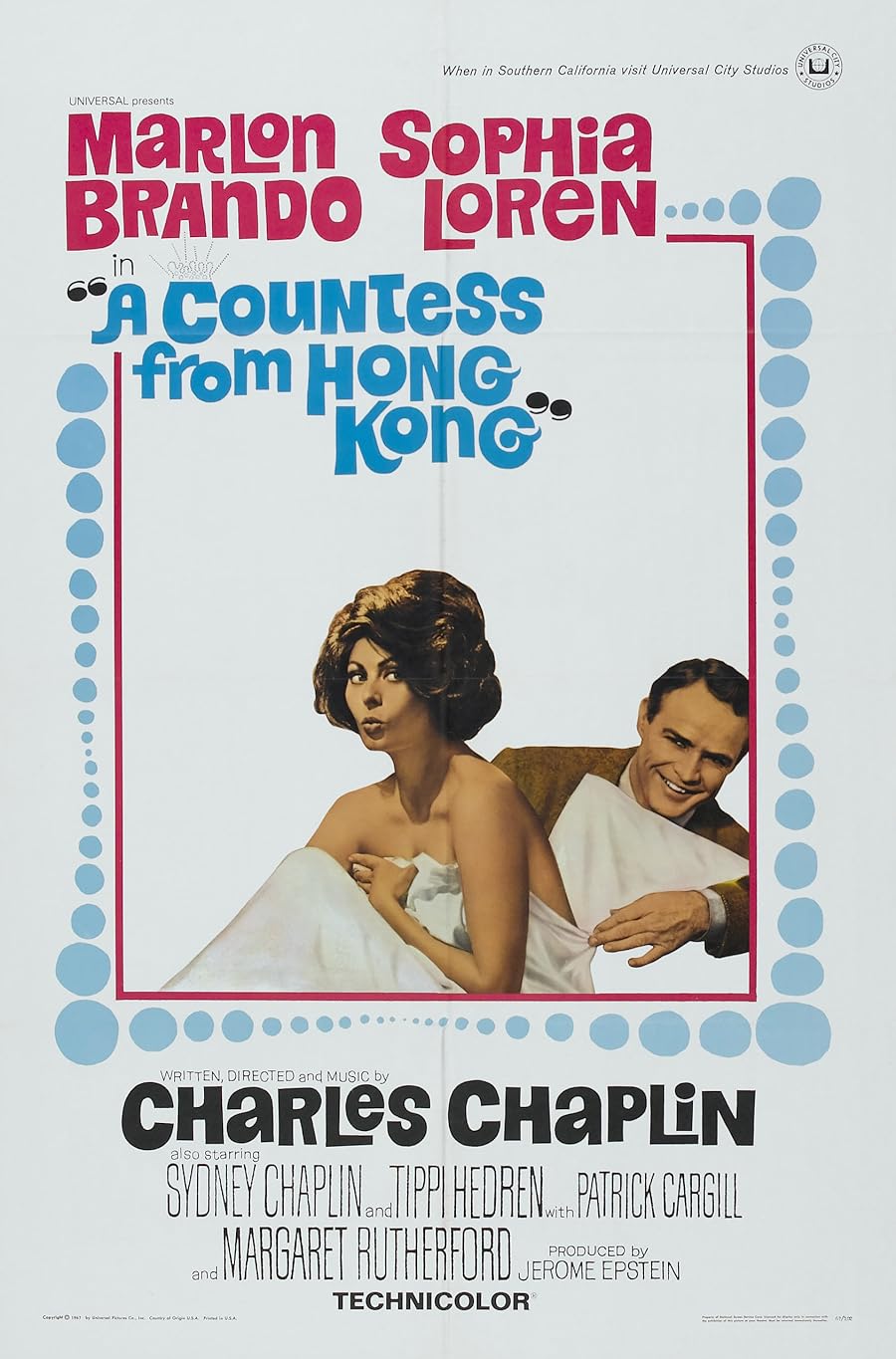
Title: A Countess from Hong Kong
Year: 1967
Country: UK
Language: English, French
Genre: Comedy, Romance
Director/Writer/Music: Charles Chaplin
Cinematography: Arthur Ibbetson
Editor: Gordon Hales
Cast:
Marlon Brando
Sophia Loren
Sydney Chaplin
Patrick Cargill
Tippi Hedren
Michael Medwin
Oliver Johnston
John Paul
Angela Scoular
Margaret Rutherford
Geraldine Chaplin
Charles Chaplin
Rating: 6.2/10
The consensus is that Chaplin’s swan song A COUNTESS FROM HONG KONG is his metteur en scène, a dud pales into frivolity alongside his prior prestigious works, despite of the pairing of the most popular and acclaimed movie stars of that time, Brando and Loren
Brando plays respectful American diplomat Ogden Mears (what a name!), who is appointed as the new ambassador to Saudi Arabia, en route to his homeland from his world-touring voyage, during a layover in Hong Kong, our titular Russian countess Natascha (Loren), whose aristocratic parents fled from the Russian Revolution and now parentless, stateless, reduced to a refugee entertaining in a seedy dance hall, stows away in Ogden’s ocean-liner cabin and hopes to start afresh in the land of plenty and freedom
Totally throwing herself on his mercy, Natascha placates and implores a dithering Ogden to let her hide from the ship’s purser, and for the sake of his squeaky-clean reputation, although he is conveniently in the midst of a divorcing procedure from wife Martha (Hedren, composing herself graciously athwart a radiant Loren), Ogden eventually acquiesces and one thing leads to another, by the time when the ship reaches Honolulu, where Martha is requested to join her husband’s journey in order to maintain a harmonious veneer, Ogden and Natascha has naturally if rather superficially become an item, and her legal status is also facilitated by a bogus marriage arrangement between her and Ogden’s valet Hudson (Cargill), who goes all his way to bandy about his lawful but elusive right of consummation, makes piddling noise with physical antics and malaprop (“consommé”)
Chaplin’s typical slapstick dexterity cannot be traced to the two leads, as Brando is particularly at odds with the stuffy character he plays, polite but macho, Ogden never convinces us his abrupt infatuation with Natascha in the heat of their constant squabble, not that she fares better, seeing him more like a timely meal ticket than any physical attraction, Natascha has to balance a delicate job of being sexy but not flirtatious, petulant but not prissy, desperate but never self-abasing, though Loren acquits herself elegantly, her voluptuousness is free of any ghost of vulgarity and her pouting expression of obfuscation or resignation gives her an edge to exude sympathy to incredulous viewers
A Countess from Hong Kong (1967)
A Countess from Hong Kong (1967)
Attila 1954
Attila (1954 film)

Attila (Italian: Attila, il flagello di Dio; French: Attila fléau de Dieu) is a 1954 Italian-French co-production, directed by Pietro Francisci and produced by Dino De Laurentiis and Carlo Ponti for Lux Film
Based on the life of Attila the Hun, it stars Anthony Quinn as Attila and Sophia Loren as Honoria, with French leading man, Henri Vidal, as the Hun’s antagonist, Flavius Aetius
Irene Papas, in the second of three contract pictures for Lux Film, plays one of Attila’s wives, Grune. Ettore Manni, Christian Marquand, and Claude Laydu are among the supporting cast of mostly French and Italian actors
American Scott Marlowe (1932–2001) made his screen debut in the film. Along with The Pride and the Passion and Houseboat, it was one of Loren’s biggest box-office successes during the 1950s
Filmed immediately following the breakthrough Italo-American co-production, Ulysses (Lux Film / Ponti-DeLaurentiis / Paramount Pictures, 1954), Attila, Scourge of God represented an independent attempt by the same Italian producers to make a film with an American lead actor in hopes of licensing it to an American studio for distribution on more lucrative terms
It failed to secure this goal for a variety of reasons unforeseen at the outset. However, three and a half years later (retitled, Attila) it proved to be the vehicle which launched the career of Joe Levine — Joseph E. Levine presents—as a producer and distributor of international films, many of them Italian in origin
While never to be a financially or critically acclaimed motion picture, Attila ultimately achieved the status of a significant product in the evolution of world film markets
The king of the Huns, whose hordes from various tribes and allies have been sweeping the Asian steppes and both Roman empires, dies, leaving the throne to two sons. Bleda, tired of war and hungry, bloody campaigns, wants to settle as allies of Rome in peace, his brother Attila believes only in the power of the sword. Roman general Aethius, who knows the Huns well as a result of former hostage exchanges, fails to get a true peace but buys a shaky one promising doubled tribute
The court of weakling emperor Valentinianus, moved north from Rome to Ravenna, where the true ruler is empress-mother Galla Placidia, widow of a barbarian king, refuses the terms and imprisons Aethius, who still refuses to seize power with Valentinian’s sister Honoria. The ambitious princess now offers her hand and the empire as dowry to Attila, just what Bleda hoped for. Scorning peace, Attila has popular Bleda murdered during a hunt, and persuades the hordes to march with him on the empire. While clueless
Director: Pietro Francisci. Stars: Anthony Quinn, Sophia Loren, Henri Vidal
Color. Runtime: 77 minutes
Attila (1954)
Attila (1954)
Blood Feud 1978
Blood Feud 1978
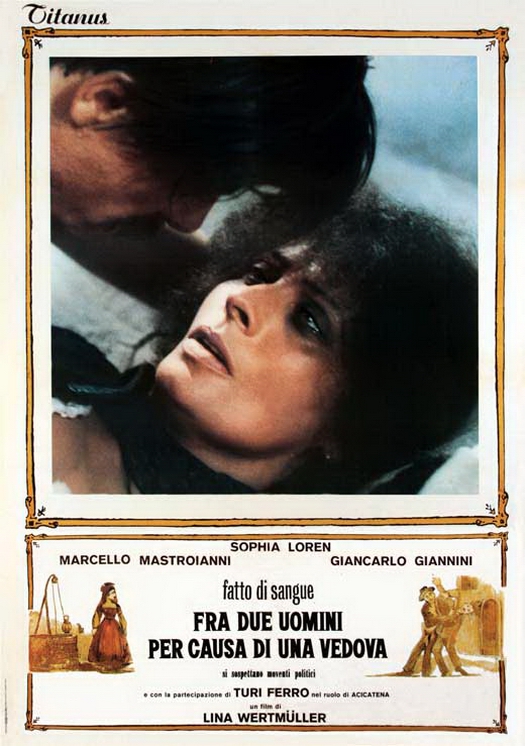
Blood Feud (Italian: Fatto di sangue fra due uomini per causa di una vedova, si sospettano moventi politici, and also known as Revenge) is a 1978 thriller film directed by Lina Wertmüller.[1] The film’s full name is Un fatto di sangue nel comune di Siculiana fra due uomini per causa di una vedova. Si sospettano moventi politici. Amore-Morte-Shimmy. Lugano belle. Tarantelle. Tarallucci e vino.. The film received a Guinness World Record for the film with the longest title
Blood Feud (original: Un Fatto Di Sangue Nel Commune Di Sculiana Fra Due Uomini Per Causa Di Una Vedova Si Sospetano Moventi Politici. Amore-Morte-Shimmy
Lugano Belle. Tarantelle. Tarallucci È Vino.) is a Italian drama directed by Lina Wertmüller in 1978. Listed as having the longest film title by the Guinness Book of World Records, but the English-language title in most of the world was simply Blood Feud. The story takes place over 30 years in a small Sicilian town. Mafia hitman Vitto Acicatena (Turi Ferro) shoots Angelo Paterno, the leader of the local fishermen’s strike against the rising prices of their catch on a market
The widow Conchita (Sophia Loren), who after the murder of her husband miscarries, intends to take revenge because the court of justice closed the case since the offender is “unknown”, is about to execute a vendetta herself. Socialist and attorney Rosario Maria Spalone (Marcello Mastroianni) offers her help, because he is an idealist, in addition to the falls madly in love. But from America comes another suitor, Angelo’s cousin, Nicola Sanmichele (Giancarlo Giannini) alias Nick, who applies more illegal means to achieve justice
Blood Feud (1978)
Boy on a Dolphin 1957
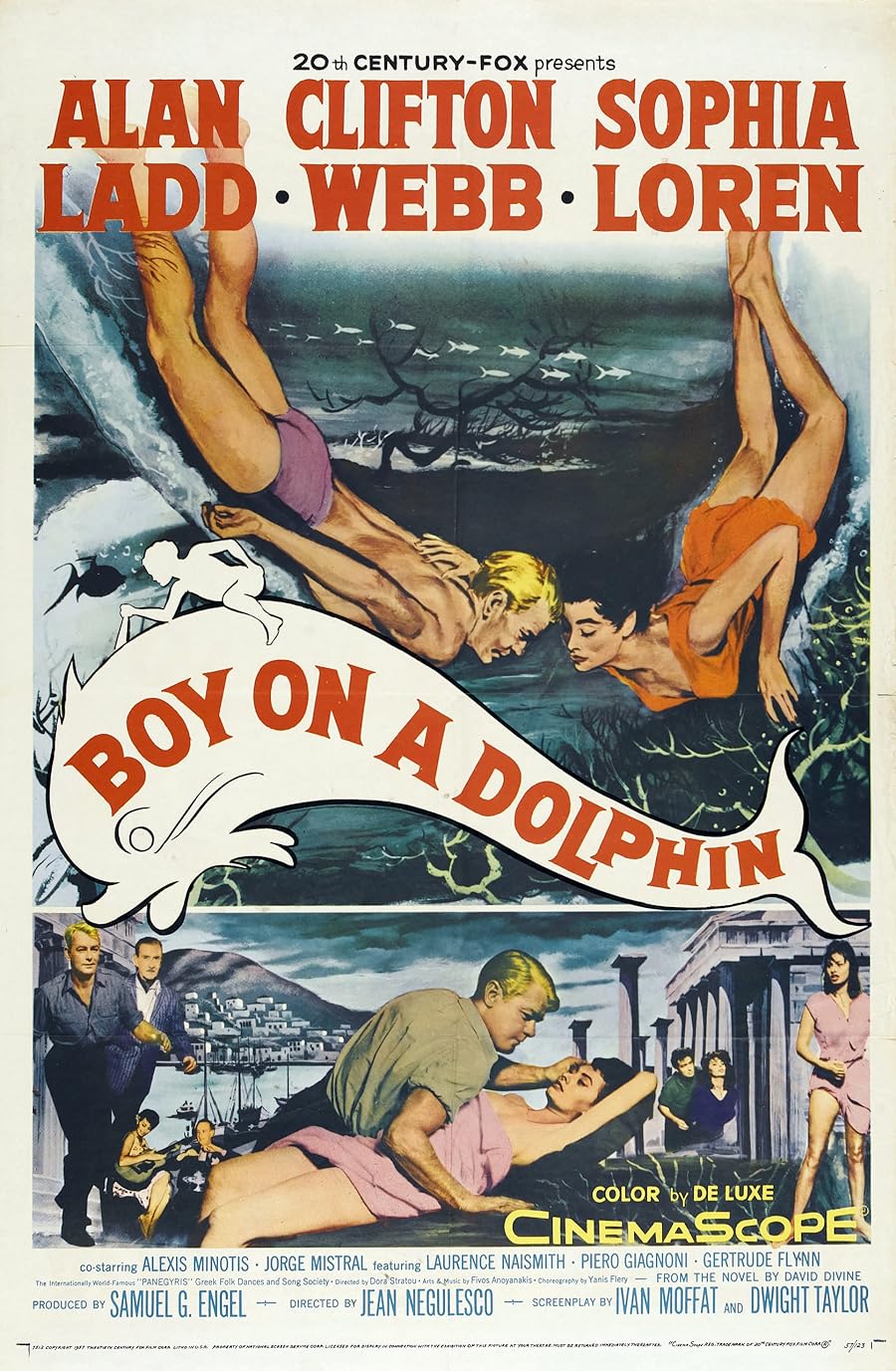
Boy on a Dolphin is a 1957 American romantic adventure film theatrically released by 20th Century-Fox. It is set in Greece and shot in DeLuxe Color and CinemaScope. It was directed by Jean Negulesco and produced by Samuel G. Engel from a screenplay by Ivan Moffat and Dwight Taylor, based on the 1955 novel of the same name by David Divine
The film was Sophia Loren‘s English-language debut She starred opposite Alan Ladd and Clifton Webb, with Alexis Minotis and Laurence Naismith in support. Hugo Friedhofer‘s score was nominated for a Best Music Academy Award in 1958. Cinematography was by Milton Krasner. It was the first Hollywood film shot in Greece
Boy on a Dolphin roamed around television for decades as a washed-out, worn color movie, a condition that failed to take advantage of all the money 20th Century Fox spent filming it on location in the beautiful Mediterranean. The question for quite a while was whether decent film elements still existed for it, because though it had been a major production effort from Fox back in 1957, and it featured one of the true international actresses of Hollywood early in her career in her first major English-speaking role, nonetheless the title has slipped into unimportance and had yet to have a decent presentation on DVD or HD, but in 2016 a Blu-Ray restored version came out
Boy on a Dolphin (1957)
Boy on a Dolphin (1957)
Boy on a Dolphin 1957
Boy on a Dolphin 1957
Brief Encounter 1974
Brief Encounter (1974 film)

Brief Encounter is a 1974 British-Italian television film starring Richard Burton and Sophia Loren, adapted from the play Still Life by Noël Coward. The plot of the film is about two strangers, each married to another, who meet in a railway station and find themselves in a brief but intense affair. The material was previously the basis for the David Lean film Brief Encounter (1945). Burton was cast at the last moment, after Robert Shaw dropped out
The two lead roles were cast with “wild disregard for suitability,” according to Brian McFarlane, who has described the film as “a total disaster.” Originally intended to have a television screening in the United States followed by a cinema release in the rest of the world, its poor reception in New York led to the international plans being abandoned. Rank, who owned the theatrical rights in the UK, sold them to television.According to David Shipman, reviewing Burton’s career in The Great Movie Stars, this remake was “widely viewed as a ludicrous undertaking
“It nonetheless scored a 57 on Rotten Tomatoes, which is considered respectable. The landscape and sultry summer of the English 1970’s countryside deserves a mention in particular, as they encapsulate a period of time during a long, hot summer
A Scorpion Release! Screen legends Richard Burton (Where Eagles Dare, The Night of the Iguana, Becket) and Sophia Loren (Two Women, Blood Feud, Marriage Italian Style) headline this 1974 remake of the 1945 David Lean classic, based on a play by Noël Coward and starring Trevor Howard and Celia Johnson
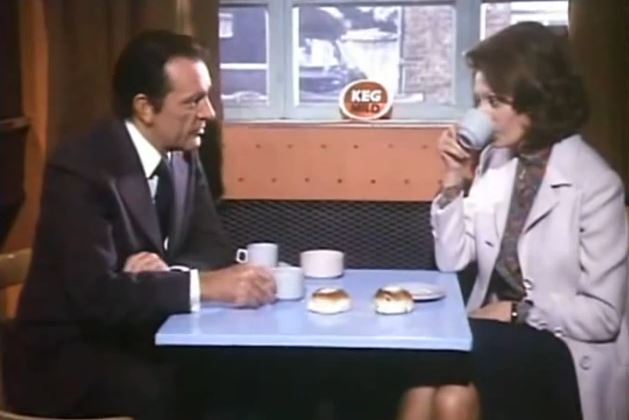 A social worker (Loren) and a doctor (Burton) meet by chance in a railway station, but are almost instantly captivated by each other, although they are each already married
A social worker (Loren) and a doctor (Burton) meet by chance in a railway station, but are almost instantly captivated by each other, although they are each already married
The pair soon develop a connection that evolves into an unexpected love. Alan Bridges (The Hireling, Out of Season) directed this Carol Ponti (Doctor Zhivago, Blow-Up) production and bittersweet drama about muted romance. The wonderful supporting cast include the great character actor John Le Mesurier (The Italian Job, Salt and Pepper)
Brief Encounter 1974
Courage 1986
Courage (1986)
09/24/1986 (US)Drama, TV Movie 2h 30m
A mother in Queens, New York, outraged when she discovers that her son is a drug addict, becomes an undercover agent for the DEA to clean up the drug trade in her neighborhood. Based on a true story
Sophia Loren was on edge. Switched summarily from one bungalow to another at the Beverly Hills Hotel, hardly befitting an international star, she was doing the last of a string of interviews about her new television movie, “Courage.”
The movie, airing at 8 p.m. tonight on CBS, is based on a true story of a Queens woman (called Marianna Miraldo), one of whose sons has become a “vegetable” from snorting cocaine. She volunteers to infiltrate, and, with help of authorities, manages to smash a $3.5 billion international drug ring
In the slick, fast-paced movie, Loren appears to have more outfits than Geraldine Ferraro wore during the entire vice-presidential campaign. Her character also sports a range of wide-frame eyeglasses a la the Loren line
The actress had come into town two days in a row to talk about her TV movie–and only that. She seemed surprised that anyone would want to discuss anything else. After all, A. E. Hotchner wrote the official book on her life, “Sophia, Living and Loving, Her Own Story,” in 1979
Courage 1986
El Cid 1961
El Cid 1961
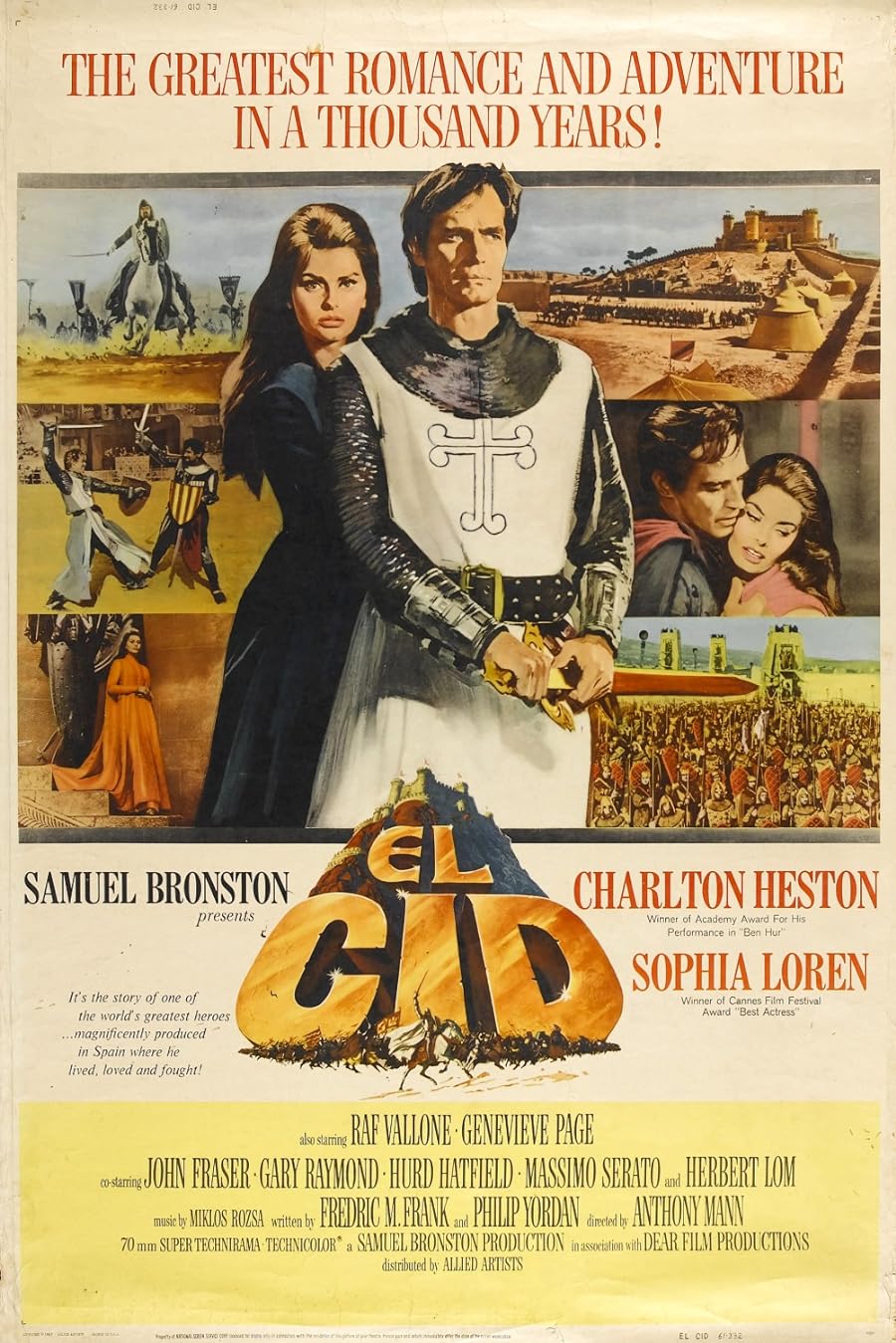
Director: Anthony Mann
Cast: Charlton Heston, Sophia Lore
One of the most spectacular mega-productions ever made, El Cid stars Academy Award® winners Charlton Heston (Ben Hur) and Sophia Loren (Nine) in two of their legendary performances. Anthony Mann masterfully directs this classic tale of the 11th-century hero El Cid (Charlton Heston) who fought to unite Spain and drive out the Moorish invaders. Known as history’s ‘compassionate warrior’, the film follows El Cid’s remarkable journey from peace-broker accused of treason to the King’s fighting champion, and later from exiled hero to legendary martyr.
Unequaled in scope, grandeur and adventure, El Cid is an essential part of any film lover’s collection
In a sense, El Cid is the frothing crest of a wave that is poised on the verge of an imminent rolling crash. Its successors, the opulently mismanaged Cleopatra and The Fall of the Roman Empire, with its inwardly spiraling Penrose-like navel-gazing, both failed to make back their extravagant budgets, breaking the Hollywood machine’s formally unshakable faith in the format
At first glance, El Cid contains all that is required of a classic Hollywood epic and more. Banners flutter resplendently redolent on the wind, the camera sweeps across hundreds if not thousands of boisterously engaged extras and swashes are buckled with great zeal and enthusiasm. Meanwhile, our leads lock pleading eyes, brimming with barely contained emotion, as the orchestral score swells. Yet there are cracks in the edifice. Most notably, the core of the film, a character study of the titular El Cid, ably performed as it is, fits poorly within the framework of the surrounding epic. The tangle of tender-hearted impulses, stringent self-denial and scornful righteousness rattle around the film with a hollow ring, never quite meshing into an overall theme or thesis
The film, which was shot in a studio in Spain, with extensive location shoots, was directed by Anthony Mann. Mann, who had been raised a member of the neo-classical and semi-mystic Theosophical Society, had directed a raft of mid-budget war movies, historical features and above all else Westerns. Mann was also the initial director of Spartacus before he was replaced with Stanley Kubrick in the opening weeks of filming. El Cid then was Mann’s chance to prove that he could direct a film on the lavish scale of a Hollywood Epic and do so well
EL CID 1961
EL CID 1961
EL CID 1961
Neapolitan Carousel 1954
Neapolitan Carousel 1954
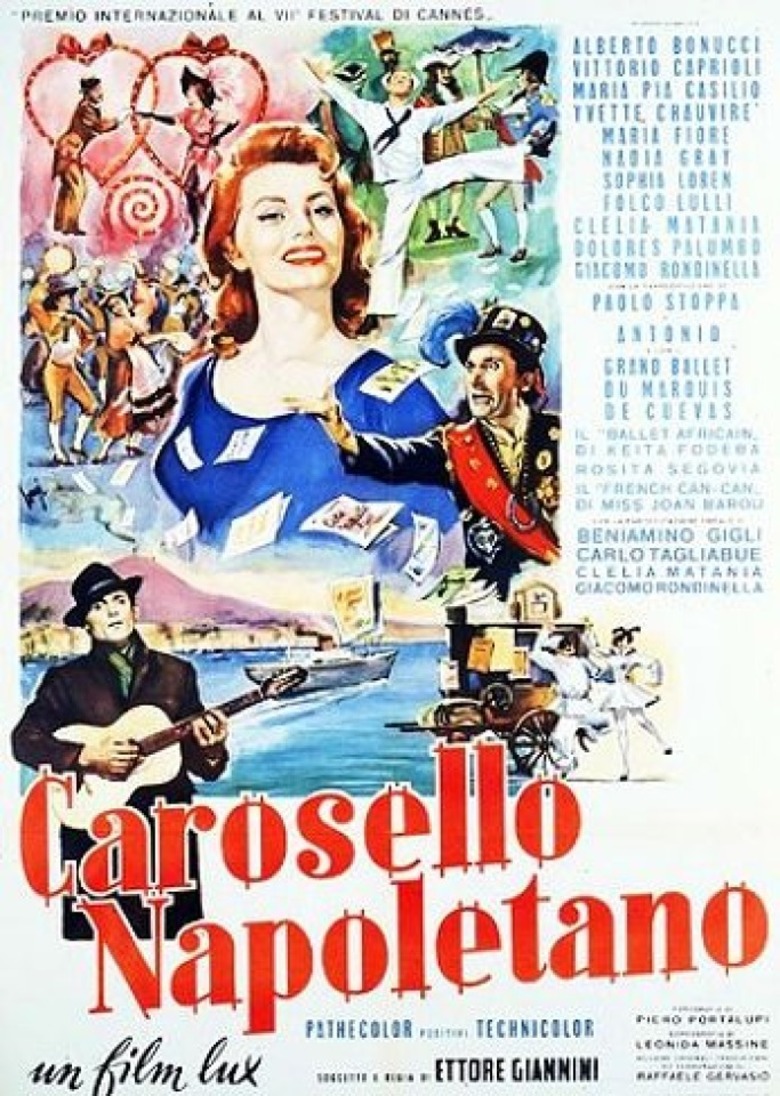
Neapolitan Carousel (Italian: Carosello napoletano) is a 1954 Italian comedy film directed by Ettore Giannini and starring Léonide Massine, Achille Millo and Agostino Salvietti. It was entered into the 1954 Cannes Film Festival, winning its International Prize
It was shot at the Cinecittà Studios in Rome and on location in Naples. The film’s sets were designed by the art director Mario Chiari
In 2008, the film was included on the Italian Ministry of Cultural Heritage’s 100 Italian films to be saved, a list of 100 films that “have changed the collective memory of the country between 1942 and 1978
One of the first color films made in Italy, Ettore Giannini’s 1954 film version of his stage musical begins in the present day, with sheet music hanging on a barrel organ blown through the streets of Naples: every individual song tells a story of the history of the city, from the Moorish invasion in the 14th century through the arrival of the Americans at the end of WWII. Giannini assembled an amazing roster of talent for his film, including one-time Ballets Russes principal dancer and Powell-Pressburger mainstay Léonide Massine (who also choreographed), the great comic actor Paolo Stoppa, and a young Sophia Loren
Restored by the Cineteca di Bologna at L’Immagine Ritrovata laboratory and The Film Foundation with funding provided by the Hollywood Foreign Press Association
Neapolitan Carousel (1954)
Neapolitan Carousel (1954)
Operation Crossbow 1965
Operation Crossbow 1965

